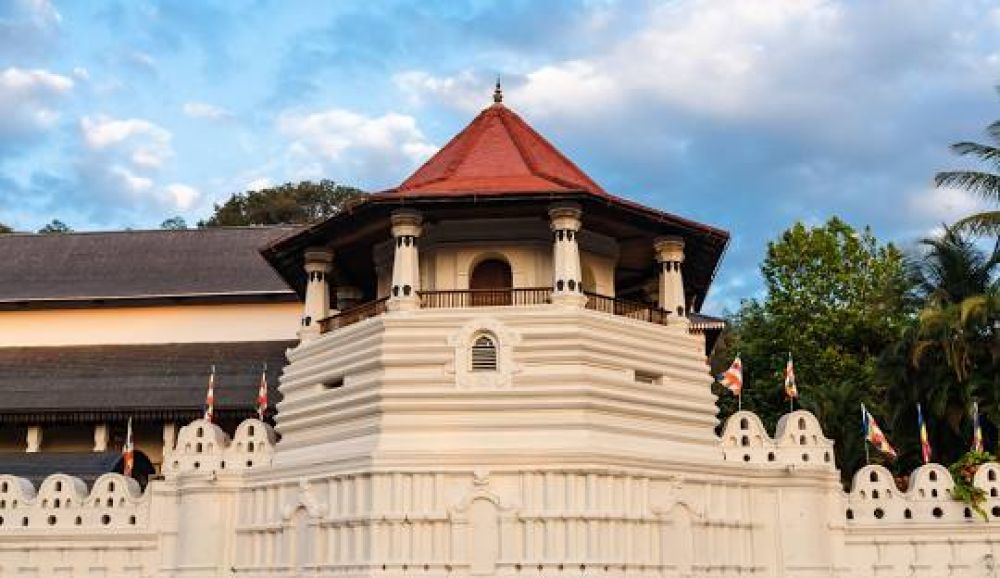

The Temple of the Tooth, also known as Sri Dalada Maligawa, is a revered site situated in Kandy, Sri Lanka. This iconic temple has a storied history that dates back to the 16th century and is deemed one of the most sacred Buddhist locations in the world.
The Temple of the Tooth is a significant structure within the Theravada Buddhist tradition. It is believed to house the left upper canine tooth of the Lord Buddha, which was retrieved from his funeral pyre. Since ancient times, it has been a custom that whoever holds the relic holds the governance of the country. Over the centuries, the tooth relic has played an important role in local politics because of this belief.
Initially, the Temple of the Tooth was an attraction solely for pilgrims. However, with the onset of colonialism and the development of modern travel, Sri Lanka saw an influx of tourists from around the world. The temple gained international fame not only for its spiritual significance but also for its remarkable architecture and cultural importance. It became a must-visit destination for tourists in Sri Lanka.
During the British rule in Sri Lanka, then known as Ceylon, the Temple of the Tooth became a subject of curiosity for foreign visitors. The British administration developed infrastructure to accommodate the growing number of travelers, thus contributing to the foundation of the tourism industry in the region.
After gaining independence in 1948, Sri Lanka modernized its tourist services, and Kandy with the Temple of the Tooth emerged as a cultural hub. The establishment of the Esala Perahera Festival, an annual procession featuring traditional dances, elephants, and the casket carrying the tooth relic, turned this historic site into a hotspot for cultural tourism.
In recent years, ecotourism and community-based tourism have gained popularity. Visitors to Kandy are now seeking more immersive experiences, such as participating in traditional ceremonies, observing rituals, and learning about the temple's history and Buddhism's influence on the local culture. The temple's museum, with its rich collections of artifacts, has become a focal point for those interested in historical and educational tourism.
In 1988, the Temple of the Yard Tooth and the city of Kandy were designated as a UNESCO World Heritage Site, further enhancing its profile as a key tourist destination. The recognition helped promote the temple on a global platform and encouraged the preservation of this historic site.
The Temple of the Tooth continues to attract visitors throughout the year. Sri Lankan authorities have taken measures to ensure that facilities for tourists are well-maintained, ensuring a memorable and safe experience for all visitors, regardless of season or pilgrimage peak times.
Global events can impact tourism significantly. For instance, the 2004 Indian Ocean Tsunami and the COVID-19 pandemic saw downturns in tourist numbers. However, recovery efforts have often been swift, and the temple remains a testament to the resilience of Sri Lanka's tourism industry.
The Temple of the Tooth in Kandy is more than a tourist destination; it is a living cultural heritage site that continues to inspire and attract people from around the world. The tourism history of this sacred temple reflects Sri Lanka's journey through the ages, from ancient times to modern-day tourism trends, solidifying its place as an enduring beacon of cultural and spiritual tourism.